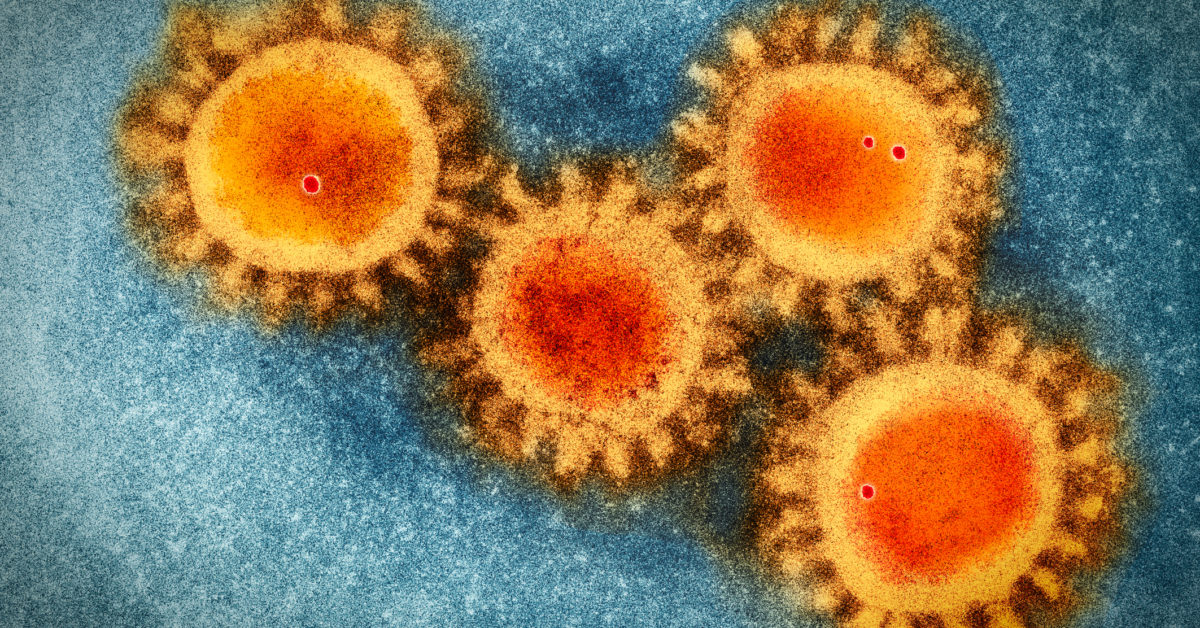What structural features of the SARS-CoV-2 virus allow it to attack human cells and spread so efficiently? We round up some of the key emerging evidence.

For live updates on the latest developments regarding the novel coronavirus and COVID-19, click here.
The new coronavirus, called SARS-CoV-2, has caused more than 168,000 infections globally, leading to the health condition COVID-19.
In an effort to understand the nature of this highly contagious virus, researchers have been drawing comparisons with the SARS coronavirus (SARS-CoV) — the causative agent of severe acute respiratory syndrome, better known as SARS.
SARS-CoV and SARS-CoV-2 share 86% of the same genomic sequence. SARS was deemed “the first pandemic of the 21st century” because it spread quickly from continent to continent, causing more than 8,000 infections in 8 months — with a 10% case fatality ratio.
However, SARS-CoV-2 is spreading much faster. In 2003, 8,098 SARS cases, with 774 deaths, occurred within 8 months. By contrast, within 2 months of the start of the SARS-CoV-2 outbreak, the new coronavirus infected more than 82,000 people, causing more than 2,800 deaths.
So what makes the new coronavirus so much more infectious? We take a look at some of the latest evidence that helps answer this question.
Specifically, a few genetic studies have investigated the microscopic structure of the virus, a key protein on its surface, and a receptor in human cells that may, collectively, explain why the virus can attack and spread so easily.
Spike proteins are what coronaviruses use to bind to the membrane of the human cells that they infect. The binding process is activated by certain cell enzymes.
SARS-CoV-2, however, has a specific structure that allows it to bind “at least 10 times more tightly than the corresponding spike protein of [SARS-CoV] to their common host cell receptor.”
Partly, this is due to the fact that the spike protein contains a site that recognizes and becomes activated by an enzyme called furin.
Furin is a host-cell enzyme in various human organs, such as the liver, the lungs, and the small intestines. The fact that this enzyme resides in all of these human tissues means that the virus can potentially attack several organs at once.
SARS-CoV and coronaviruses in the same family do not have the same furin activation site, some studies have shown.
The “furin-like cleavage site” recently discovered in SARS-CoV-2 spike proteins may explain the viral life cycle and pathogenici

